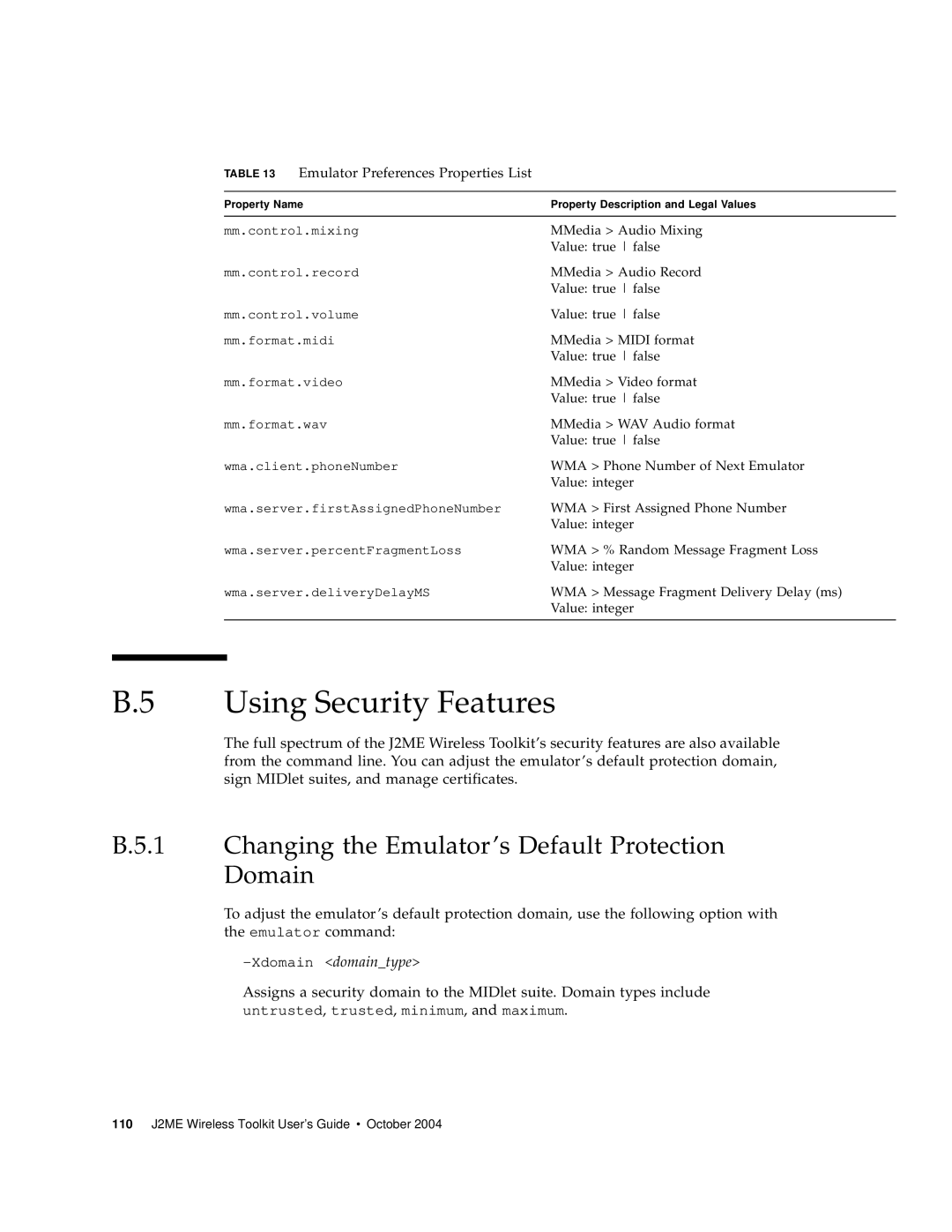
TABLE 13 Emulator Preferences Properties List
Property Name | Property Description and Legal Values |
|
|
mm.control.mixing | MMedia > Audio Mixing |
| Value: true false |
mm.control.record | MMedia > Audio Record |
| Value: true false |
mm.control.volume | Value: true false |
mm.format.midi | MMedia > MIDI format |
| Value: true false |
mm.format.video | MMedia > Video format |
| Value: true false |
mm.format.wav | MMedia > WAV Audio format |
| Value: true false |
wma.client.phoneNumber | WMA > Phone Number of Next Emulator |
| Value: integer |
wma.server.firstAssignedPhoneNumber | WMA > First Assigned Phone Number |
| Value: integer |
wma.server.percentFragmentLoss | WMA > % Random Message Fragment Loss |
| Value: integer |
wma.server.deliveryDelayMS | WMA > Message Fragment Delivery Delay (ms) |
| Value: integer |
|
|
B.5 Using Security Features
The full spectrum of the J2ME Wireless Toolkit’s security features are also available from the command line. You can adjust the emulator’s default protection domain, sign MIDlet suites, and manage certificates.
B.5.1 Changing the Emulator’s Default Protection Domain
To adjust the emulator’s default protection domain, use the following option with the emulator command:
Assigns a security domain to the MIDlet suite. Domain types include untrusted, trusted, minimum, and maximum.
110 J2ME Wireless Toolkit User’s Guide • October 2004
